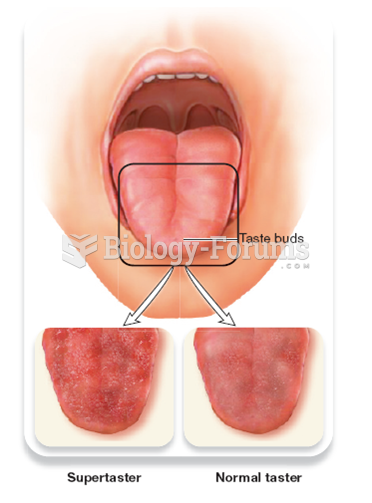Definition for Low-density lipoprotein
From Biology Forums Dictionary
Low-density lipoprotein (LDL) is one of the five major groups of lipoproteins, which in order of size, largest to smallest, are chylomicrons, VLDL, IDL, LDL, and HDL, that enable transport of multiple different fat molecules, as well as cholesterol, within the water around cells and within the water-based bloodstream. Studies have shown that higher levels of type-B LDL particles (as opposed to type-A LDL particles) are associated with health problems, including cardiovascular disease. LDL is often informally called bad cholesterol, (as opposed to HDL particles, which are frequently referred to as good cholesterol or healthy cholesterol).



